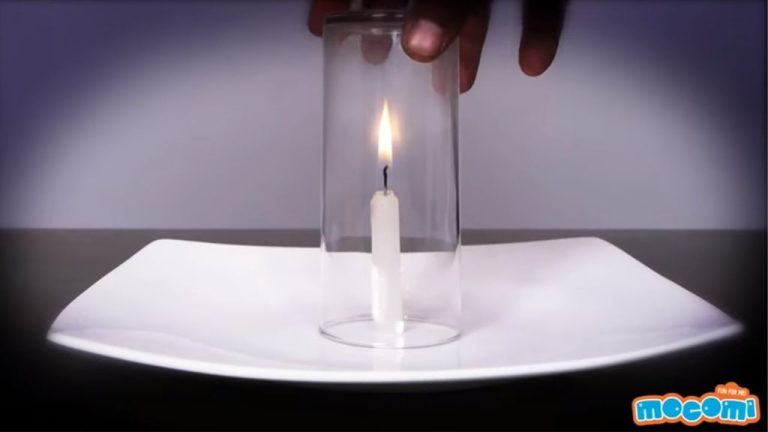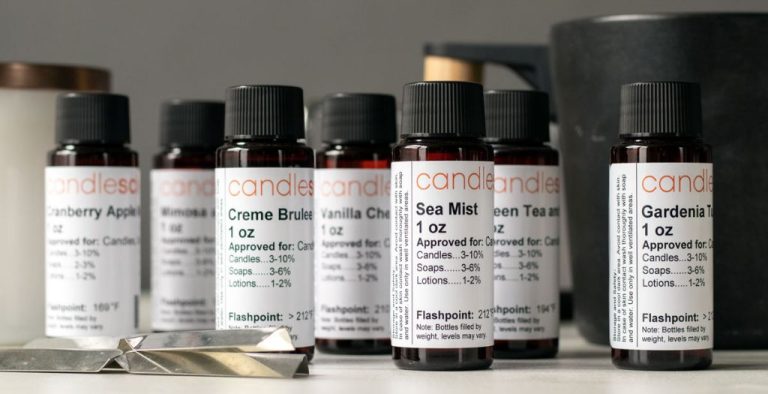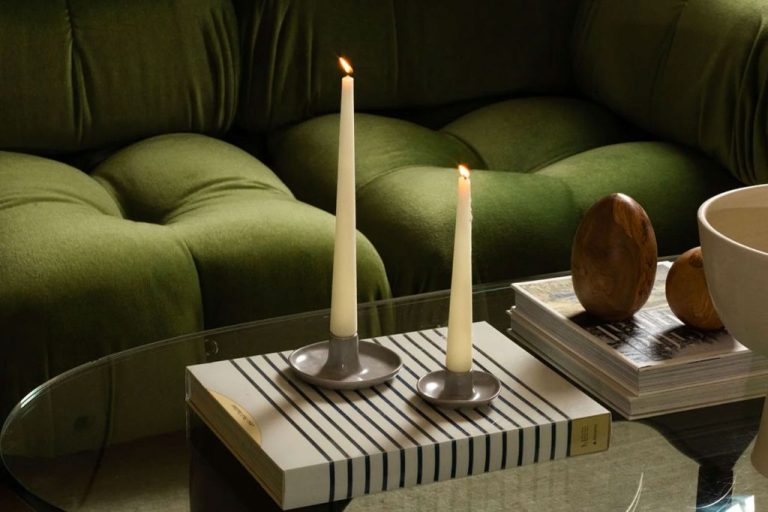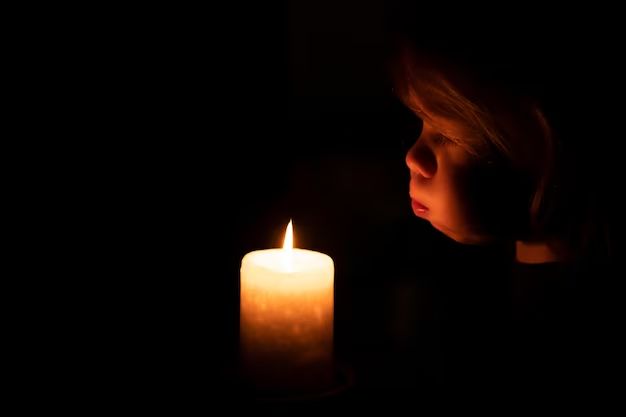What Is The Power Output Of A Candle?
A candle is a basic source of light that has been used for centuries. It consists of a wick embedded in wax or another flammable solid fuel such as tallow. When lit, the wick draws up melted fuel via capillary action, which vaporizes and combines with oxygen in the air to produce a flame. This flame provides illumination and some amount of heat. But just how much illumination and heat does a standard candle put out?
This article will explore the power output of a typical candle in terms of light and heat energy produced. We’ll look at average measurements, factors that affect power output, comparisons to other light sources, and more. The goal is to provide a comprehensive understanding of just how much power the simple candle puts out.
Measuring Candle Power
The power output of a candle is measured in units of luminous intensity called candela. One candela is defined as the luminous intensity emitted in a certain direction by a source that emits one lumen per steradian. A steradian is the 3D equivalent of a radian which measures planar angles. So in simple terms, the candela measures the intensity of the light emitted by a source, while the lumen measures the total amount of light emitted in all directions.
Lumens are more commonly used to specify the amount of light emitted by light bulbs for household use. Candela is more relevant for measuring the intensity and beam distance of flashlights, car headlights, and other directional light sources. For omnidirectional light sources like candles, the candela rating specifies the intensity directly above the flame.
Watts are sometimes used as a measure of power output for candles or other light sources. However, watts measure electrical power consumption rather than visible light output. Since not all electrical power is converted to visible light in an inefficient incandescent source like a candle, lumens and candela are better units for measuring light.
Average Power Output
The average power output of a candle depends on factors like the candle’s size, wax type, and wick. But generally, the typical power output ranges for common candle sizes are:
Tealight candles: These small candles in aluminum cups put out around 5-15 watts.
Votive candles: Similar in size to tealights, votive candles generate around 10-20 watts of power.
Pillar candles: Tall, pillar-shaped candles range from around 20 watts for smaller 2-3 inch diameter pillars to 80 watts for large 3-4 inch diameter pillars.
Taper candles: These thin, tall candles output 10-15 watts.
So as you can see, a typical candle’s power is fairly modest, ranging from about 5-80 watts depending on size and type. But many candles burning together can produce a noticeable amount of heat and light.
Factors Affecting Power
There are several key factors that affect the power output of a candle:
Wick Size
The size of the wick is critical in determining how much fuel it can draw up to the flame. A wider wick has more surface area, allowing more melted wax to travel up the wick. This provides more fuel for combustion, increasing the size and temperature of the flame. Generally, a larger wick results in a brighter, hotter flame and more power output.
Wax Composition
The type of wax used in the candle also impacts power output. Harder waxes like paraffin melt at higher temperatures, producing a hotter flame. Softer waxes like beeswax have a lower melting point, resulting in a dimmer flame. Waxes with added ingredients can also modify burn properties.
Flame Size
A larger flame naturally produces more heat and light than a smaller one. Factors like wick size, wax composition, and oxygen availability determine flame size. Bigger flames have more luminous area and higher temperatures, increasing the power emitted.
Drafts
Air currents and drafts can influence the size and shape of the flame by supplying more or less oxygen. More oxygen makes for bigger, hotter flames and more power generation. Blocking drafts around a candle can reduce air supply to the flame, making it smaller and dimmer.
Candle Flame Temperature
The temperature of a candle’s flame can vary based on the makeup of the candle, but a typical candle flame burns at around 1,400°F to 1,800°F. Paraffin and beeswax candles tend to burn on the cooler end of this range, while soy and palm wax candles burn hotter. The hottest part of the flame is the blue inner core, which can reach up to 2,200°F.
The temperature of the flame impacts the light output of the candle. Hotter flames produce more light because the soot particles in the flame reach higher excitation states, resulting in more light being emitted. This means soy, palm and beeswax candles often produce more light than paraffin candles. The color temperature of the flame also shifts towards blue in hotter flames. So a higher flame temperature creates a “whiter” or more natural light from the candle.
Candle Burn Time
The length of time a candle will burn depends on several factors like the size, shape and material composition of the candle. A standard birthday candle may only burn for 5-10 minutes while a large pillar candle can burn for over 100 hours. In general, larger candles with more wax will burn longer.
Some typical burn times for common candle sizes are:
- Tea lights – Up to 5 hours
- Votive candles – Up to 20 hours
- Pillar candles (3″ diameter x 6″ height) – Up to 80 hours
- Large jar candles (4″ diameter x 5″ height) – Up to 120 hours
Candles made from natural materials like beeswax and soy wax tend to burn slower and longer than paraffin wax candles. The wick also impacts burn time, with larger wicks burning faster and brighter.
Since total energy output is the product of power and time, longer burn times increase the total energy a candle can deliver. A candle that burns twice as long produces twice the total energy output, assuming the power level remains constant.
Comparisons
The light output of a candle is quite low compared to modern electric lighting. A typical candle emits only about 1 lumen of light. By comparison, a 60-watt incandescent light bulb produces around 800 lumens, while LED bulbs can range from 200-3,000+ lumens for the same wattage.
Candles put out a small, gentle, and warm light, while incandescent and LED bulbs can create a much brighter, harsher light. The advantage of candles is that they can create a soothing ambiance and romantic mood lighting indoors. However, for tasks like reading, candles do not provide enough illumination on their own. That’s why before electric lighting, many candles or oil lamps were required to properly light a room.
In terms of efficiency, candles are far less efficient than electric lighting. An incandescent bulb converts only 5-10% of energy into light, while LEDs can be over 90% efficient. But candles are only around 0.1% efficient – most of their energy is lost as heat. However, they have the advantage of being low-tech, inexpensive, and renewable.

History
The origins of candlepower as a unit of measure date back to the early days of electricity in the 1800s. At the time, scientists were looking for ways to quantify and compare the brightness of different light sources. Since candles were in common use, they became a convenient benchmark for measuring light output.
One of the first people to define candlepower was the German physicist Wilhelm Rühmkorff. In 1861, he stated that the light of a sperm candle consuming 128 grains per hour should be equal to one candlepower. Other early definitions also used the sperm candle since it was a common and relatively consistent light source.
By the late 1800s, different candlepower standards were proposed based on the output of paraffin candles or pentane lamps. However, these were not universally adopted. The modern unit of candela is now based on the output of a blackbody radiator rather than a candle flame.
While candlepower is no longer an official unit, it remains in use today to describe the luminous intensity of some light sources, especially in non-scientific contexts. The term candlepower enables convenient and easily understood comparisons to the familiar benchmark of a candle’s light output.
Other Uses
Although we typically think of candles being used for lighting and ambience, the concept of candlepower has been adopted for rating other light sources as well. Candlepower is used to measure the intensity and range of beams from flashlights, car headlights, and other electric lighting. For example, a 100-watt incandescent light bulb produces about 1,700 lumens, which is approximately equal to the luminous intensity of 17 candles. So that 100-watt bulb would be rated at around 17 candlepower.
Similarly, automotive headlamps are rated using candlepower to specify the brightness and distance of their high and low beams. A high beam headlight with 1 million candlepower will produce a much brighter and farther-reaching beam than a low beam headlight with 40,000 candlepower. Candlepower measurements make it easy to compare the lighting capabilities of different flashlights, headlights, and other electric light sources.
So while we no longer use candles as our primary source of artificial light, the concept of candlepower lives on as a convenient way to measure light intensity across many different types of lighting instruments.
Conclusion
In summary, the power output of a candle depends on several key factors. On average, a candle produces 30-50 watts of power. However, variables like wick size, wax composition, flame size, and burn time can all affect the amount of heat and light that a candle generates. Larger pillar candles generally produce more power. Factors like drafts or humidity impact the flame and therefore the power output as well. Candles generate heat by converting the chemical energy in wax into thermal energy. The luminous flame reaches temperatures of around 1,400°C. Over the course of its burn time, which may range from 5-15 hours for most standard candles, the power output remains relatively constant. While candles are not an efficient power source compared to modern electrical lighting, they played an important historical role in lighting homes before electricity. The poetical beauty of candlelight continues to lend unique atmosphere.




